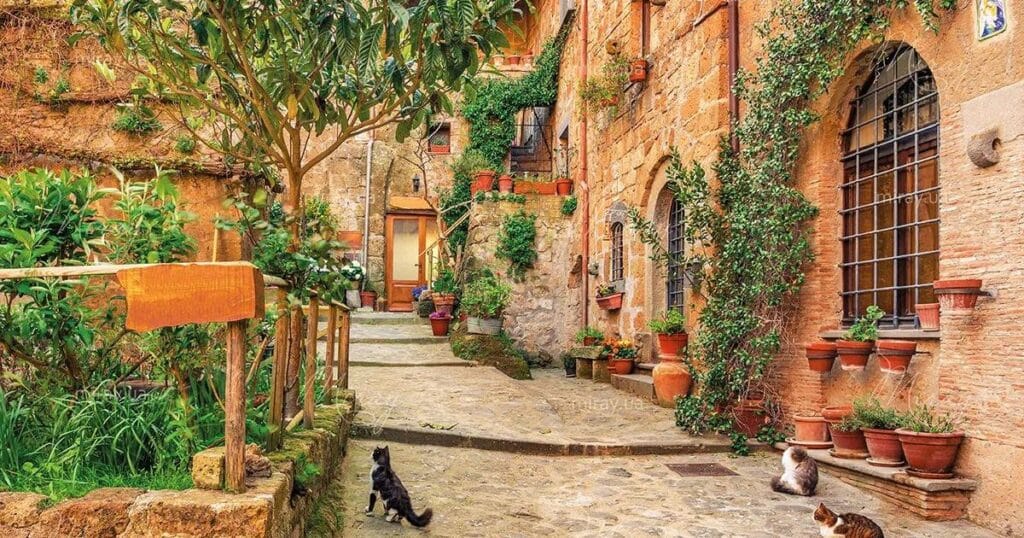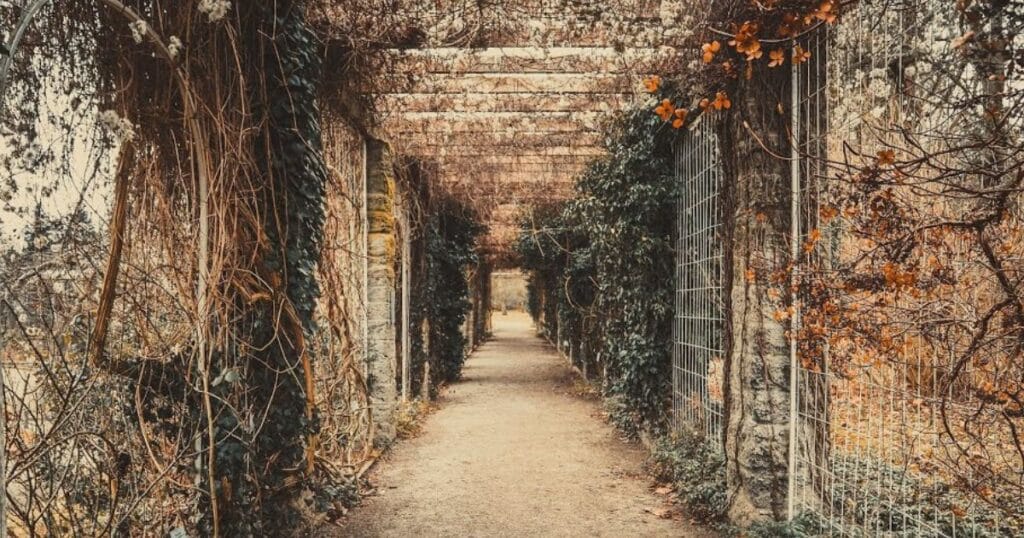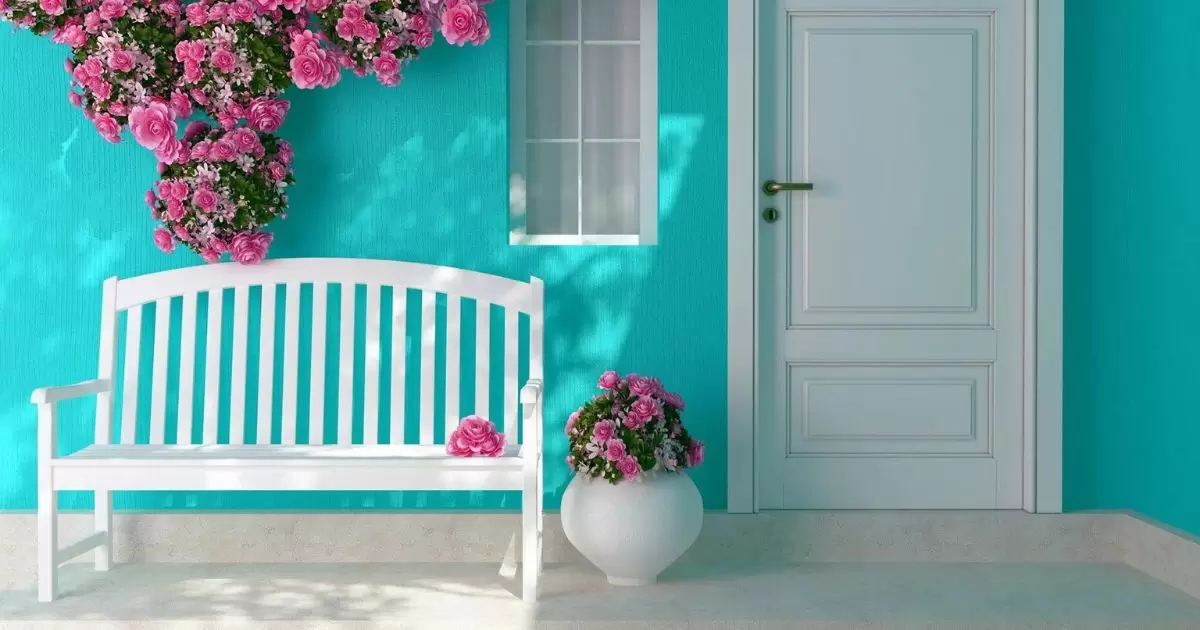A photography backdrop is a background used in photography to enhance the visual appeal of a scene or portrait. It is typically a large, solid colored sheet or a creatively designed piece that serves as a canvas for capturing images.
The process involves more than just placing the backdrop behind the subject, it requires precision and attention to detail. How to hang a photography backdrop is a crucial skill for photographers seeking to create polished and aesthetically pleasing images.
Hanging a photography backdrop involves a few key steps to achieve optimal results. Start by selecting an appropriate backdrop that complements your subject and desired aesthetic. Once chosen, secure the backdrop using clamps or clips, ensuring it is taut and free of wrinkles.
Choosing the Right Photography Backdrop
Selecting the perfect photography backdrop is a critical step in creating visually captivating images. Consider the theme and mood you want to convey in your photos. For a classic and timeless look, opt for neutral tones like gray or beige.
Vibrant and bold colors work well for lively, dynamic scenes. Explore various textures and patterns to add depth and interest. Whether you choose a seamless paper backdrop for a clean aesthetic or a textured fabric for a more nuanced feel, your backdrop choice sets the stage for the entire photo shoot.
The Importance of Hanging Techniques
Understanding the significance of proper hanging techniques is key to achieving professional-looking photographs. A poorly hung backdrop can result in distracting wrinkles and shadows, detracting from the overall quality of your images. Utilize high quality clamps or clips to secure the backdrop, ensuring it is taut and smooth.
Pay attention to the lighting setup to minimize unwanted shadows on the backdrop surface. By mastering the art of hanging a backdrop, you enhance the visual appeal of your photographs, creating a polished and seamless background for your subjects.
Selecting the Ideal Materials for Your Backdrop
Choosing the right material for your photography backdrop is crucial for achieving the desired visual effect. Common materials include seamless paper, fabric, and vinyl, each offering distinct advantages. Seamless paper backdrops provide a smooth and clean surface, perfect for studio setups. Fabrics, on the other hand, add texture and depth, allowing for more creativity in your shots. Vinyl backdrops are durable and easy to clean, making them suitable for outdoor or on location shoots. Consider the theme and purpose of your photoshoot when selecting the backdrop material to ensure it complements your subject and style.
Colors and Patterns for Maximum Impact
The colors and patterns of your photography backdrop play a significant role in enhancing the overall impact of your images. Solid colors such as neutrals or pastels create a classic and timeless look, suitable for various types of photography.
Vibrant and bold colors add energy and excitement, ideal for capturing dynamic subjects. Patterns, whether subtle or intricate, can contribute to the mood and theme of your photos. When choosing colors and patterns, think about the emotions you want to evoke and how they will interact with the elements in your composition.
Types of Clamps and Clips
When it comes to hanging a photography backdrop, the right types of clamps and clips can make a significant difference. Utilizing sturdy and adjustable clamps ensures a secure attachment, preventing unexpected slips during a photoshoot.
Spring clamps, for instance, are versatile and easy to use, providing a firm grip on various backdrop materials. Bulldog clips are another popular choice, especially for seamless paper backdrops.
| Type of Clamp/Clip | Description |
| Spring Clamps | Versatile and easy to use, provides a firm grip on various backdrop materials. |
| Bulldog Clips | Popular for seamless paper backdrops, offers a secure hold for stable hanging. |
| AClamps | Handy for attaching fabric backdrops, known for their strong and reliable grip. |
| Pony Clamps | Adjustable and suitable for various backdrop thicknesses, ideal for secure attachment. |
| C47 Clips | Small but mighty, these are used to secure gels, fabrics, and backdrops in tight spaces. |
| HeavyDuty Clips | Strong and durable, designed to handle the weight of thicker or larger backdrops. |
Creating the Perfect Photography Environment
Crafting an ideal photography environment is essential for achieving professional looking images. Begin by choosing a spacious and clutterfree area that allows for flexibility in positioning your backdrop. Consider the overall aesthetic you want to achieve and arrange props or furniture accordingly.
Ensure a clean and unobstructed backdrop space, allowing your subject to stand out.Maintain a comfortable temperature to keep both the photographer and the subject at ease during the session.
Optimizing Lighting for Your Backdrop

Lighting plays a crucial role in the success of any photoshoot, and when it comes to hanging a photography backdrop, proper lighting is paramount. Position light sources strategically to minimize shadows on the backdrop, ensuring a consistent and well lit surface. Experiment with the angle and intensity of the lights to achieve the desired effect.
Soft, diffused lighting works well for fabric backdrops, while seamless paper backdrops may benefit from more direct lighting to create a clean and even appearance. By optimizing lighting for your backdrop, you enhance the overall quality of your photographs, showcasing your subject in the best possible light.
Guide to Hanging a WrinkleFree Backdrop
Hanging a wrinkle free backdrop is a key skill for photographers aiming for polished and professional results. Start by unrolling or unfolding the backdrop and securing it at the top using clamps or clips. Tug gently to create tension and eliminate wrinkles, smoothing the surface as you go.
Ensure the backdrop reaches the floor to avoid visible seams in your photos. Take time to adjust and refine the positioning, checking for any unevenness or imperfections. By following these steps, photographers can master the art of hanging a wrinkle free backdrop, contributing to the overall success of their photoshoots.
Common Mistakes to Avoid in Backdrop Hanging
When it comes to hanging a photography backdrop, there are some common pitfalls to steer clear of. One frequent mistake is neglecting the impact of lighting on the backdrop, which can lead to unwanted shadows in your photographs.
Using the wrong type of clamps or clips may result in an unstable and sagging backdrop, compromising the overall quality of your images. To ensure a professional look, always pay attention to lighting and choose appropriate fastening tools to avoid these common errors in backdrop hanging.
Tips for Different Backdrop Materials Paper vs. Fabric
Selecting the right backdrop material is crucial for achieving the desired effect in your photographs. For a sleek and seamless appearance, seamless paper backdrops are an excellent choice.
They provide a clean background and are easy to work with. On the other hand, fabric backdrops offer versatility and texture, adding depth to your shots. Consider the mood and style you want to convey in your photos when choosing between paper and fabric.
Troubleshooting Wrinkles and Shadows Effectively
Even with careful hanging, wrinkles and shadows can sometimes make an unwelcome appearance in your backdrop. To troubleshoot wrinkles, ensure the backdrop is pulled taut and use a steamer or gentle heat to smooth out any creases.
Addressing shadows involves the strategic placement of lighting sources to minimize unwanted dark areas. Experiment with different angles and intensities to find the optimal lighting setup for your backdrop. If you are interested you can read about how was photography in 1504.
DIY Solutions for Hanging Your Photography Backdrop

For those looking for budget friendly and creative solutions, DIY methods for hanging a photography backdrop can be both practical and resourceful. PVC pipe frames offer a customizable and affordable option for creating a stable structure to support your backdrop.
Utilizing clothespins or binder clips can serve as simple yet effective alternatives to professional clamps. Experimenting with everyday items like tension rods or even command hooks can provide versatile hanging solutions for different shooting environments.
FAQs
How do I prevent wrinkles in my photography backdrop?
Ensure the backdrop is pulled taut during hanging, and use a steamer or gentle heat to smooth out any creases.
What are common mistakes to avoid when hanging a backdrop?
Avoid overlooking the impact of lighting, and be cautious about using the wrong type of clamps or clips.
Which is better for backdrops, paper or fabric materials?
It depends on your desired effect, seamless paper provides a sleek look, while fabric offers versatility and texture.
What can I do to troubleshoot shadows on my backdrop?
Experiment with lighting angles and intensities to minimize unwanted shadows and achieve optimal results.
Are there budget friendly DIY solutions for hanging backdrops?
Certainly, consider PVC pipe frames, clothespins, or binder clips for affordable and creative alternatives to professional hanging equipment.
Conclusion
Mastering the art of hanging a photography backdrop opens a door to a world of creative possibilities. With the right techniques, you transform a simple space into a professional studio, capturing moments with a polished backdrop that complements your subject.
It’s not just about placement, it’s about creating a wrinkle free canvas and playing with lighting to enhance the overall visual appeal. As you delve into the process, you’ll discover that the nuances of hanging a backdrop are as essential as the subjects you capture.
